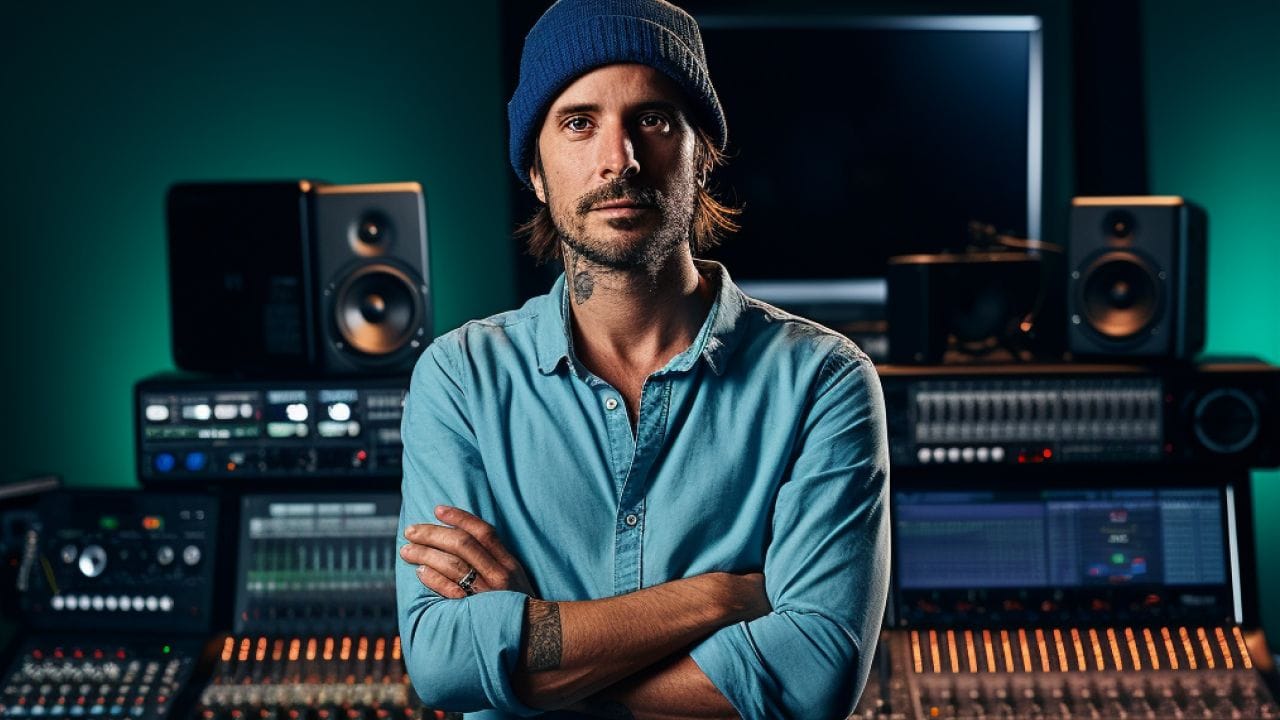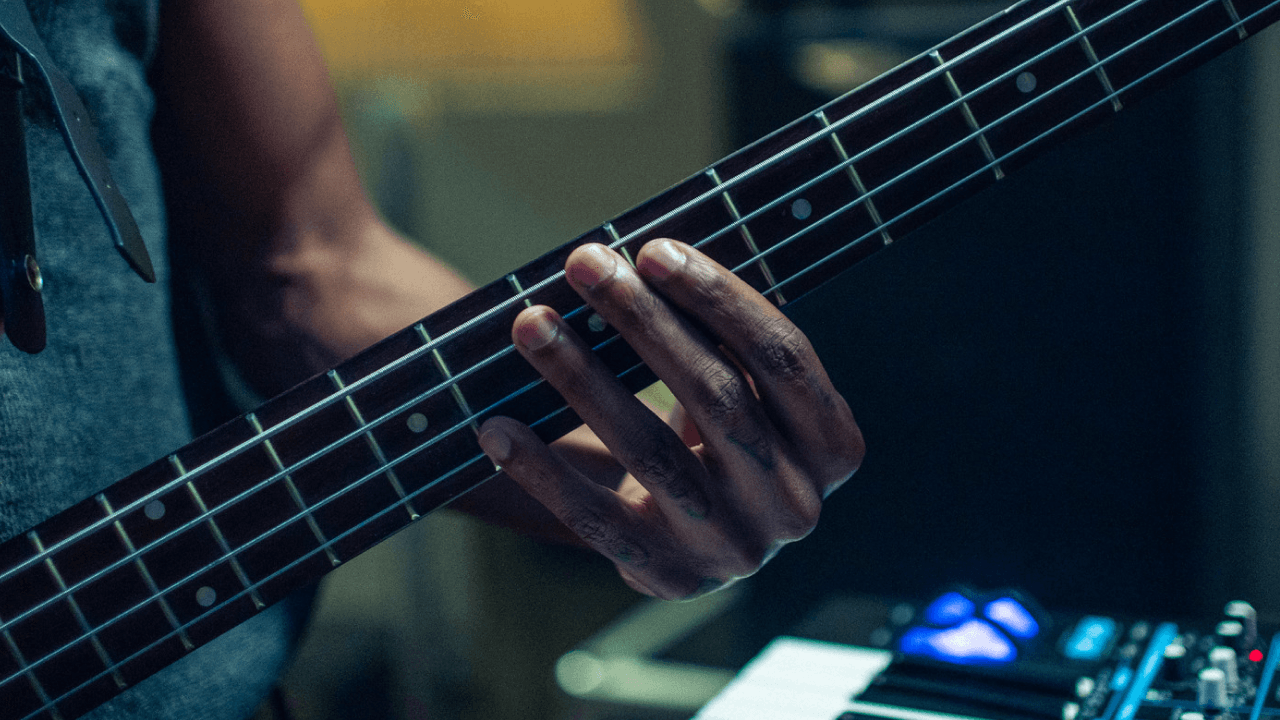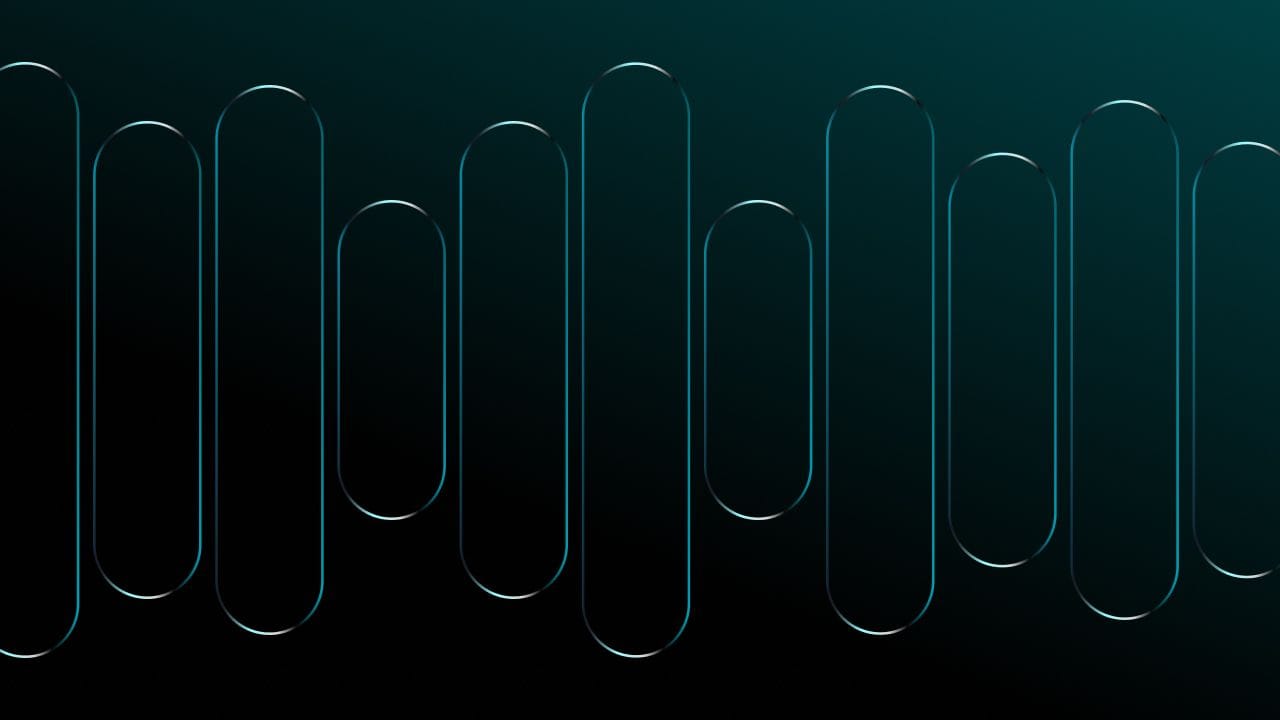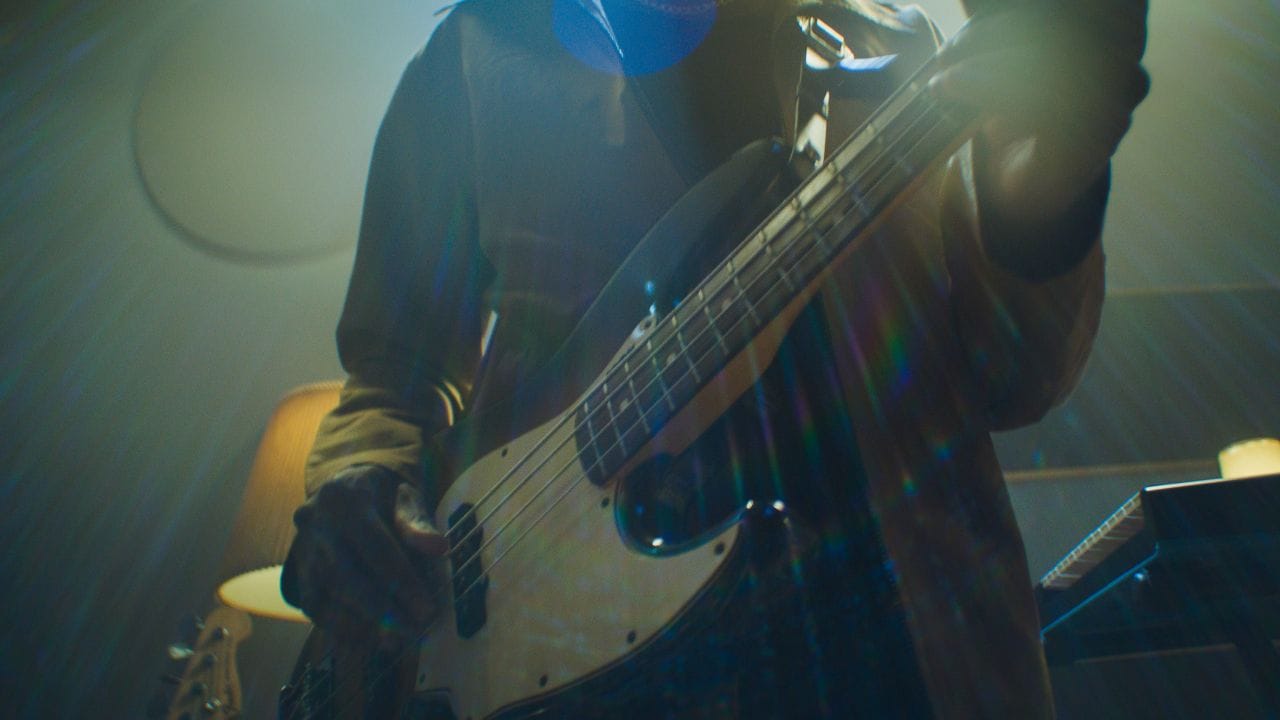In the ever-evolving landscape of music, the power of music production is within your reach. Whether you're a budding musician yearning to shape your sound or an aspiring professional producer seeking to refine your craft, understanding how to use a DAW (Digital Audio Workstation) is your key to unlocking creativity and mastery.
This indispensable tool is your canvas, laboratory, and recording studio — all neatly packed into your computer. And, for those who wish to go further, there's something even more remarkable waiting in the wings: Moises' Producer plan. This advanced AI tool, designed with creators and music producers in mind, is your ticket to expanding your musical horizons and tapping into a world of unparalleled possibilities.
In this post, we will uncover the art of music production with a DAW, besides presenting the amazing features the Moises Producer plan has in store for you. Read on!
Getting started with your DAW
Now, let's navigate through key considerations when choosing the right DAW and explore how free and paid options can shape your creative path.
Your chosen DAW becomes the epicenter of your music production journey, where your sonic vision comes to life. However, before you begin, it's important to pick the DAW that is in tune with your individual creative essence.
Choosing the right DAW
This is one of the first and most critical decisions you'll make is selecting the right Digital Audio Workstation. Think of this choice as the very instrument you'll wield on your musical odyssey.
Just like a musician selects an instrument that resonates with their style, choosing the perfect DAW sets the stage for your entire creative expedition. While you can switch instruments or software down the road, starting with the right one from the outset is the ideal scenario.
Your chosen DAW serves as your creative haven; the central hub where you compose, record, edit, and breathe life into your musical creations. With a multitude of options at your fingertips, the importance of picking the DAW that harmonizes with your unique requirements cannot be overstressed. This decision carries the power to shape your creative process and define the quality of your music.
Here's why it's such a pivotal choice:
- Workflow harmony: each DAW boasts its own distinctive workflow. Finding the one that aligns with your creative process is essential. For instance, if you're exploring electronic music, a DAW with a versatile session view might be your ideal choice;
- Feature ensemble: DAWs arrive with an array of features and capabilities. Seasoned professionals often gravitate toward premium DAWs, appreciating their extensive toolsets. In contrast, newcomers can kickstart their journey with free DAWs that furnish the fundamental functions they need;
- Platform compatibility: don't forget to consider your DAW's compatibility with your operating system. Some DAWs are designed exclusively for macOS, while others seamlessly cater to the Windows environment. This consideration is crucial for a smooth music production experience.
Exploring free and paid options
When venturing into the realm of Digital Audio Workstations, one of your initial decisions revolves around choosing between free and paid options. This choice can significantly impact your music production journey.
Free DAWs have the clear benefit of serving as a budget-friendly entry point for aspiring musicians, producers, and creators. They equip you with essential tools without any financial commitment, making them an excellent choice if you're on a tight budget or merely wish to experiment with music production.
Starting with a free DAW provides a fantastic opportunity to grasp the fundamentals of music production. You can dive into recording, editing, and mixing without financial pressure — it's like a free music production crash course.
While the features may be limited, the free options still leave much room for experimentation. This is a good thing for those who don't need too many assets yet, but are in the process of exploring their musical style and eager to experiment without constraints.
On the other side of the spectrum, paid DAWs typically come with a more extensive range of features. They provide professional-grade tools, tailored for advanced music production, making them the preferred choice for more experienced musicians and producers.
Other aspects that stand out are:
- Enhanced sound quality: paid DAWs bring superior sound quality and an extensive library of virtual instruments and effects to the table. This elevates your precision and creativity, allowing you to craft music at a higher level;
- Dedicated support: most paid DAWs offer robust customer support and regular software updates. This translates to having access to assistance and ongoing improvements, ensuring your software remains reliable and up-to-date.
The choice between free and paid DAWs hinges on your musical aspirations and financial circumstances. For beginners, starting with a free DAW is an excellent way to wade into the waters. As your skills and ambitions evolve, you may find it worthwhile to invest in a paid software with advanced features.
Understanding Moises' user-friendly tools
At Moises, we're dedicated to simplifying your music production journey, and our DAW tools are thoughtfully designed with both newcomers and experienced producers in mind.
However, it's important to clarify that Moises is not a standalone DAW but rather a specialized audio processing application that seamlessly enhances your music creation experience. Our tools offer a user-friendly approach, making it easy for anyone to dive into music production with confidence.
So, while Moises may not be a traditional DAW itself, it plays an instrumental role in perfect harmony with your DAW, elevating your music production capabilities and possibilities.
Installing and setting up your DAW
First and foremost, you must select the DAW that suits your needs better or the one you feel you should try out first. Whether you opt for a free or paid option, ensure it aligns with your creative vision.
Then, download it from the official page of the software provider, which provides a licensed copy, avoiding any legal issues. Official websites also offer authentic, unaltered versions of the software, reducing the risk of downloading harmful or modified versions.
They also tend to provide the latest and most up-to-date version of the DAW — so you can access the latest features, bug fixes, and improvements. Plus, when you download from the official website, you are more likely to receive proper customer support and regular software updates.
Once you have downloaded the Digital Audio Workstation, follow these steps for the installation and basic setup:
- Install the DAW following on-screen instructions;
- Complete any necessary authorization steps;
- Configure the audio input and output devices within your DAW;
- Set project parameters like sample rate and bit depth for audio quality;
- Explore available session templates to streamline your creative process;
- Configure MIDI input devices for virtual instruments if needed.
Then, create your first project:
- Start a new project within your DAW.
- Name it to reflect its content or theme.
- Choose a session template tailored to your music style.
- Select a project location for easy accessibility.
Once the project is created, you're ready to compose, record, and produce music.
Recording audio and MIDI
To capture audio, you'll need either a microphone or a direct input source (e.g., an electric guitar connected to your audio interface). Then, create a new audio track within your DAW and:
- Select your input source, which can be your microphone or the instrument connected to your audio interface.
- Arm the audio track for recording.
- Simply hit the record button and start playing or singing your part. Your DAW will capture it as an audio file.
MIDI recording, on the other hand, is ideal for virtual instruments and synthesizers. If you wish to record it, create a new MIDI track within your DAW. Then, choose your virtual instrument and arm the track for recording. Once you do that, you can play your MIDI controller, or input notes manually to record your musical data.
Additionally, consider the advanced audio separation and processing tools offered by Moises. These AI-driven features can extract vocals, drums, and other elements from existing audio tracks. This can be a game-changer when you want to remix, sample, or re-imagine existing music.
Editing and arranging
Here are three of the main editing features in a DAW:
- Cut, copy, paste: these basic functions allow you to manipulate audio and MIDI regions. You can cut out unwanted parts, duplicate sections, and paste them elsewhere;
- Quantization: MIDI recordings can be quantized to correct timing inaccuracies. This ensures that your MIDI notes align perfectly with the grid;
- Automation: automation lets you control parameters like volume, panning, and effects over time. This is where you breathe life into your mix.
Also, some examples of basic editing tasks are:
- Compiling takes: when you've recorded multiple takes of a part, you can compile the best sections from each take to create a seamless performance;
- Time stretching: this feature allows you to change the tempo and timing of audio or MIDI without altering pitch. It's perfect for synchronizing various elements in your composition;
- Arrangement: arrange your recorded parts in the timeline to create your song's structure. You can add verses, choruses, bridges, and more to craft your composition.
Exporting your project
After the creative process, it's time to share your creation with the world. To export your music, follow these steps:
- in your DAW, find the "Export" or "Bounce" option. This opens the export dialog;
- set the export format (e.g., WAV or MP3), quality, and destination folder where your final mix will be saved;
- decide if you want to export the entire mix or specific tracks separately;
- click the export button, and your DAW will create the audio file based on your settings.
Mastering your production skills
Becoming a proficient music producer is a continuous journey of learning, practice, and refinement. In order to accomplish that:
- Never stop learning: the world of music production is ever-evolving. Keep yourself updated with the latest techniques, trends, and technologies in the field. Embrace new skills and tools to stay at the forefront of music creation;
- Practice regularly: just like any craft, practice makes perfect. Dedicate time to work on your music frequently. Experiment with different styles, genres, and creative approaches to expand your horizons;
- Seek feedback: don't hesitate to share your work with fellow musicians and producers. Constructive feedback can provide valuable insights and help you grow as an artist.
Getting to know the Moises' Producer Plan
Moises' brand-new Producer plan is here to elevate your creative experience. Producer builds upon the foundation of the Musician plan, offering all the features available in it, and then takes it further with additional advanced capabilities and AI tools.
For example, you'll gain access to Voice Studio, a powerful tool that empowers you to create and refine demos with AI voice models. The Producer plan also includes Hi-Fi Audio Separation Models for 4-track separation — which provide incredibly high-quality results when separating audio tracks.
Soon, being a Producer plan user will also grant you access to:
- All VST Plugins, opening up a world of possibilities for sound manipulation and creativity;
- Embedded Player, to streamline your music production experience.
The Producer plan is available on both the Web App and Desktop App versions of Moises. This means you can harness the power of advanced AI tools and features seamlessly, no matter where you choose to create and produce music.
If you are an aspiring music producer, understanding how to use a DAW is key to starting right. And, if you wish to go further, Moises' Producer plan is here to help you unlock limitless potential, offering a suite of advanced features that empower you to refine and transform your music.







